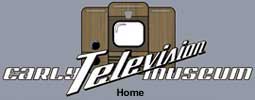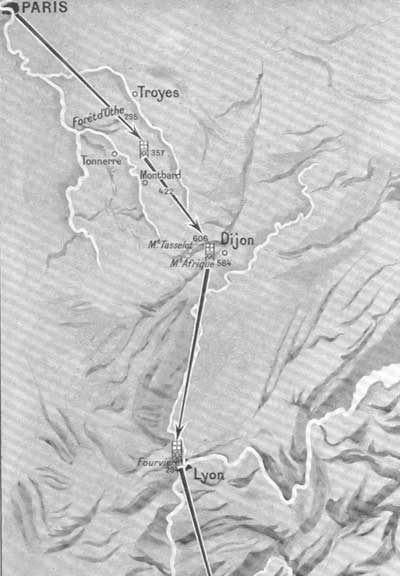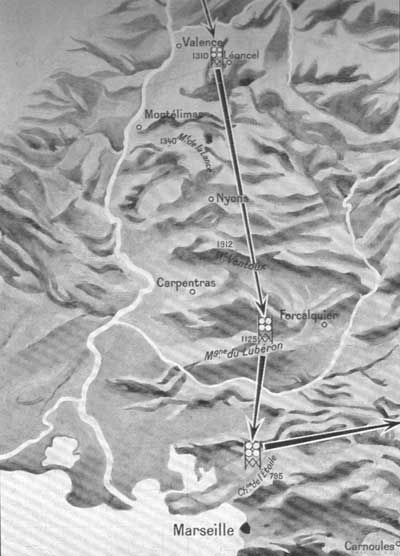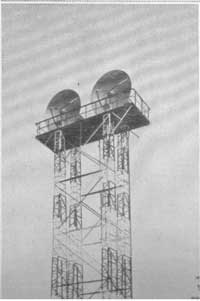Early Electronic Television L'illustration ArticleThis is part of an article that appeared in the Sept. 5, 1936 issue of L'illustration magazine, published in Paris. It describes options for using coaxial cable and microwave for interconnecting television stations. Many thanks to Jerome Halphen for translating it into English.
|
|||||||||||




